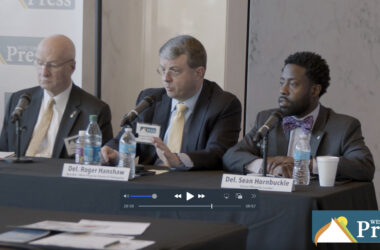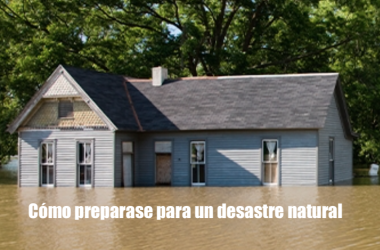By Tom Miller
For the WVPA
CHARLESTON — West Virginia has more than three dozen state parks ranging in size from 8,292 acres at Holly River State Park in Webster County to a modest four acres at Tu-Endie-Wei State Park in Mason County at the confluence of the Ohio and Kanawha Rivers at Point Pleasant.
But according to state parks director Ken Caplinger, time has taken its toll on this large, popular state park system and millions of dollars are needed to enable the Division of Natural Resources to repair and overhaul the popular statewide park system. Caplinger told a joint House-Senate finance subcommittee this month that DNR is not making any recommendations because this is a policy decision for the Legislature.
The biggest issue is where to get the money needed to put the park system back on its feet. Caplinger gave legislators some “food for thought” with a list of ways other states have approached the problem including taxes on bottled water and soft drinks, severance taxes on natural resources, entry or parking fees at the park, tobacco taxes and even taxes on sporting goods related to camping.
DNR has responsibility for 35 parks, five wildlife areas and two rail trails. Caplinger said that 189 buildings are 75 years old or older and were built in the days of the Civilian Conversation Corps. The average age of state park buildings is 42 years.
A recent study conducted by the legislative auditor’s office indicated the state park system needs $3 million a year just for maintenance and equipment replacement, according to Caplinger.
One of the most disturbing examples of current concerns voiced by Caplinger was an incident a year ago when the air conditioning/heating lines at Pipestem State Park —installed when the park was built 43 years ago — erupted near midnight, causing an explosion that triggered a fire. Sixty-five people in the lodge were evacuated but then allowed back inside when the fire was extinguished — or so they assumed.
“People were escorted back in the building and the equipment erupted again,” he told lawmakers. “We narrowly averted a tragic situation there. If it were not for alert security guards, it could have been really, really bad. We need about $1 million to replace those lines.”
The park system needs $1 million to invest in repairs or else the Pipestem lodge will have to be closed and a massive outdoor swimming pool on the upper level there is also crumbling. Caplinger said that “swimming pools leak when they are 45 years old.”
On the brighter side, West Virginia’s state park system has a self-sufficiency rating of 54 percent, compared to the national level of 45 percent and Chief Logan State Park enjoyed a $500,000 profit. And Caplinger agreed with Delegate Daryl Cowles, R-Morgan, that more efforts to attract additional visitors is needed if the park system is going to move closer to self-sufficiency.
Meanwhile, both the West Virginia Chamber of Commerce and West Virginia Citizens Against Lawsuit Abuse are in agreement that state Supreme Court of Appeals has improved the legal climate with recent changes in his appeals procedures.
Members of the state Chamber are optimistic the most recent rule changes guarantee West Virginia citizens an automatic right of appeal. Still, the Citizens Against Lawsuit Abuse don’t believe the new rules go far enough. According to Greg Thomas, director of WVCALA, said the Supreme Court is merely “giving you an explanation of why they’re not taking up a case, which is different than taking up the case and hearing it again.”
Early on, both the state Chamber of Commerce and WVCALA opposed the 2010 rule changes made by the five-member State Supreme Court which guaranteed a written explanation each time the high court rejects an appeal without a hearing. They both wanted the Legislature to create an intermediary court to review cases before they reach the five justices of the State Supreme Court.
Steve Roberts, president of the West Virginia Chamber of Commerce, told a newspaper reporter that his organization plans to reserve judgment on the changes until they see how it works out. He said the feedback he’s getting is that the change has provided an “absolute right of appeal” in West Virginia. But Thomas said he believes the state still needs to adopt an intermediary court. …
Finally, as chairman of the Senate Education Committee in the West Virginia Legislature, Sen. Robert Plymale, D-Wayne, is privy to many of the important issues confronting public education in the state. So his recent hints that the combination of continuing reductions in state funds coupled with a declining pool of state high school graduates could mean some state colleges may not be able to survive long-term deserve serious consideration.
He told a legislative interim committee a second year of 7.5 percent cuts in state funding along with a continuing steady drop in state high school students is forcing the state colleges to compete for survival. He said the colleges that graduating only 25 to 27 percent of their students are “in trouble.”
According to figures from the Higher Education Policy Commission, the current four-year colleges with six-year graduation rates below 30 percent are Bluefield State College, West Virginia State College and West Virginia Institute of Technology.
Date: 8/23/13 – This column is available for download.





